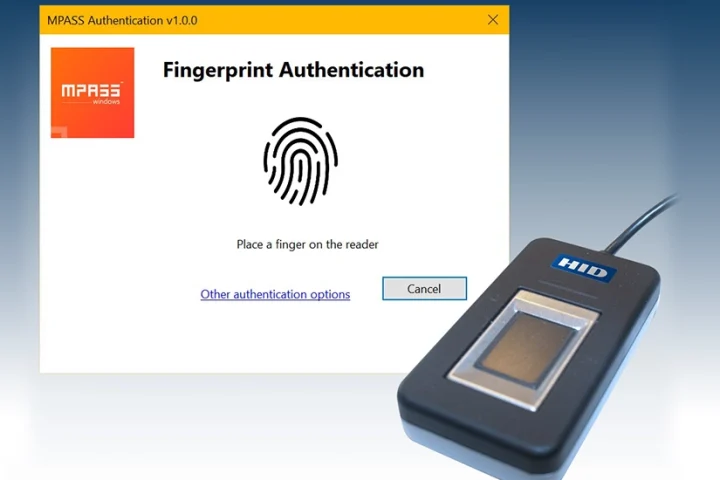Equinix has revealed its 2017 industry predictions, noting that global IT transformation will trigger significant changes for several industries in the coming year.
Equinix’s 2017 Predictions Include:
- The Year of Multi-cloud Convergence
Cloud adoption has matured to an advanced stage where enterprises are increasingly relying more on cloud infrastructure. Enterprises are already using multiple clouds today, and the need to connect more diverse and traditionally divided ecosystems with demanding expectations around performance, user experience and seamless integration will push this trend more aggresively in the coming year. 2017 will be the tipping point, when the convergence of multiple clouds across the enterprise – data, applications, infrastructure and personal clouds – will fundamentally change the way people and businesses operate.
- The Rise of the Digital Edge
Business models are being disrupted, forcing changes in how enterprises operate in the digital economy. The convergence of multiple clouds will call for a natural extension of the corporate boundaries for today’s digital business to the edge – where users and data reside. This will be important for businesses to better engage with customers in real-time, leveraging social, mobile, analytics and cloud technologies.
- The Rise of the Interconnected Fabric
Companies will move to connect their digital and physical worlds – to support business around the globe. As enterprises leverage multiple clouds, it can be challenging to manage solutions across different cloud environments from different vendors. If the right cloud management structure is not in place early, these operational issues could start stacking up at a rapid speed leading to severe issues impacting service delivery at the digital edge. 2017 will see the acceptance of an interconnected fabric among enterprises – residing in carrier neutral facilities – to create a central nervous system that connects all aspects of the digital business.
- Security becomes Paramount
For the digital business to be successful and address demands placed by regulatory compliance, companies need to solve for security in a distributed environment across people, things, processes and information. As hybrid cloud becomes more popular, Enterprises will realize that cloud providers do not provide all encompassing security solutions. Enterprises will have to own the security of their applications and data within the multi-cloud environment. Interconnections will provide customers the choice to move from point security solutions to the flexibility of buying Security-as-a-Service with benefits such as speed of implementation, ease of set-up and maintenance, real-time protection, etc.
- The Age of Interconnected Commerce
The payments world is undergoing more change, more rapidly than it has encountered since the dawn of currency. Growing smartphone penetration and web access are enabling widespread popularity of global, mobile and online commerce. The proprietary siloed approach that has been the standard for payments services delivery is beginning to fade away and opening doors for new technologies and business models at the intersection of commerce and payments. At the same time, the decentralization of payments services technology is expanding value for merchants, as they are now able to select platforms that work better for their businesses. This shift will require businesses to become interdependent and cloud-enabled, with reliable, secure and instantaneous connectivity to compete. A universe of interconnected commerce and payments providers will create new opportunities for the integration of payments, commerce, data, and marketing, enabling new solutions and partnerships around the globe.
- Software-Defined Infrastructure and Advanced Networking
The ongoing and massive surge in data traffic worldwide has pushed the way for the new age of global network backbone consisting of intercontinental submarine cables, 5G wireless networks and satellites that beam data down to earth using lasers. Networking that previously depended on physical wiring can now be dynamically controlled via software. Going forward, the next generation infrastructure – compute, storage, network and data centers – will be open source based. Software Defined Networking (SDN) and Network Functions Virtualization (NFV) centralize and automate the management of large, distributed multi-data center networks using simple application level policies.
- Internet of Things (IoT) Becomes a Reality
IoT will truly evolve from single vendor independent solutions to those that talk to each other leveraging the same data. As the number of players in the value chain increases, the end-to-end service concept will take precedence and interconnection will become more important for access to networks and multiple clouds. Going forward, the objective will be to relieve pressure on corporate-centric networks by distributing the traffic more broadly as well as to better control the performance of the streaming IoT information for more real-time business and operational insight.



















